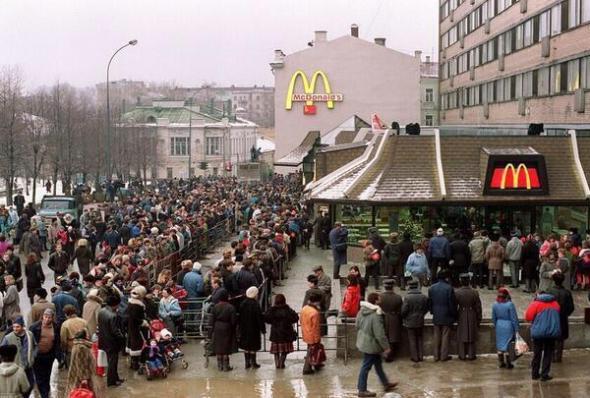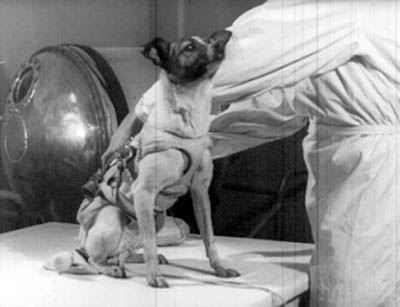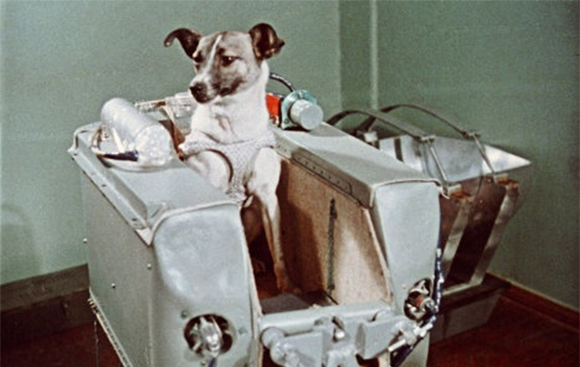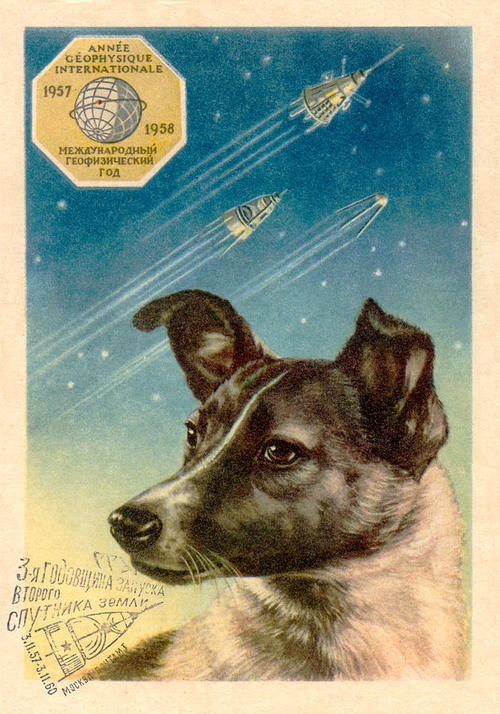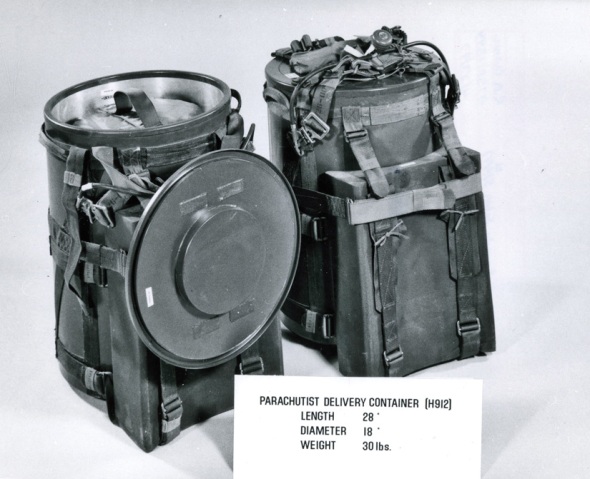Why Stalin allowed Finland to remain independent after WWII:
Stalin overestimated the efficacy of the Finnish Communist Party and underestimated the canniness of Finnish politicians. Starting in leverage high grade military equipment from the Germans which allowed the Finnish forces to stage a fighting retreat from Karelia in 1944. Thus in mid-1944, the Finns and the Soviets were fighting in the same ground as the Winter War. Both the Kremlin and the Red Army’s leadership were much more interested in maintaining the drive into Eastern Europe than refighting what had been a dark chapter in Soviet military history.
Urho Kekkonen, a Finnish parliamentarian and later Prime Minister, said in a 1944 radio broadcast “the Soviet Union must stand to gain a bigger advantage from an independent Finland clinging to life than from a broken Finland doomed to a dependent existence.” The cornerstone of Soviet-Finnish relations was the Agreement of Friendship, Cooperation, and Mutual Assistance signed with the USSR in April 1948. The Treaty guaranteed that Finland would aid the Soviets against “Germany or its allies” and fostered a series of networks and political connections between the Soviets and the Finns. The Soviets initially expected the Finnish Communist Party (SKP) to make electoral gains, but the existing Finnish political establishment adroitly managed to sideline them. The Treaty and the Finnish compliance with it did not give the SKP any major issues with which to attack the existing governments. Successive Soviet governments wanted the Treaty to be expanded and pull the Finns closer into the orbit of the Soviet sphere, but the Finns were able to strategically drag their feet. For example, the language “Germany or its allies” meant that Finns were able to justify not wanting to take defense steps against NATO Norway and Denmark. At the same time, the Finns also mastered the art of not appearing to be undermining the larger issue of Soviet security; they would give way over key debates like radar stations its early warning network.
The success of the Finns looks quite intelligent and unexpected from the vantage point of 2014, it’s important to keep in mind that during the Cold War the West was quite apprehensive the Finnish policies of accommodation. “Finlandization” became a pejorative term within Western Cold War discourse and a shorthand for making concessions to gain at best temporary freedoms from the USSR.
Sources
Jakobson, Max. Finnish Neutrality; A Study of Finnish Foreign Policy Since the Second World War. New York: Praeger, 1969.
Jussila, Osmo, Seppo Hentilä, and Jukka Nevakivi. From Grand Duchy to a Modern State: a Political History of Finland since 1809. London: Hurst & Company, 1999.
Luostarinen, Heikki. “Finnish Russophobia: The story of an enemy image.” Journal of Peace Research 26, no. 2 (1989): 123-137.
Rentola, Kimmo. “From half-adversary to half-ally: Finland in Soviet policy, 1953-58.” Cold War History 1, no. 1 (2000): 75-102.
Nikita Khrushchev and Richard Nixon debate the merits of communism versus capitalism at the American National Exhibition, Moscow; ca.1959.

…this the exhibition where Khrushchev didn’t believe normal Americans had washing machines in their homes.
Here’s the debate:
Julius and Ethel Rosenberg, executed for espionage 61 years ago today; June 19, 1953
They actually gave the Soviets the proximity fuse (which is a huge leap in anti air). Through Venona we were reading their codes and knew of them. Their handler has since written a book on it confirming they were spies. The atomic component they gave the Soviets was rather minor but still, used to make the atomic bomb. After Venona was declassified it is difficult to say they were innocent because, well, you can read the messages from their handler with their confirmed code names.
* The trial judge agreed on the death penalty before the trial began. An eternal blot on American justice.
Children practice the “Duck and Cover” drill, to protect themselves against the effects of a nuclear explosion, 1950s

“DUCK AND COVER KIDS! BUT THIS IS MOSTLY A FUTILE EXERCISE BECAUSE IF THE BLAST DOESN’T KILL YOU, THE HORROR OF SURVIVING WILL!”
Duck and Cover is a method of personal protection against the effects of a nuclear explosion, which the United States government taught to generations of United States school children from the early 1950s until the end of the Cold War in the late 1980s. It was intended to protect them in the event of both an unexpected nuclear attack, which, they were told, might come at any time without warning and in the event sufficient warning is given.
Under the conditions of a surprise attack, immediately after they saw a flash they had to stop what they were doing and get on the ground under some cover—such as a table, or at least next to a wall—and assume a prone like position, lying face-down and covering their exposed skin and back of their heads with their clothes, or if no excess clothes such as a coat was available, to cover the back of their heads with their hands. Similar instructions were given in 1964 in the United Kingdom by Civil Defence Information Bulletin No. 5. and, in the 1980s, by the Protect and Survive series. Under the conditions where sufficient warning is given, they were told to find the nearest Civil Defense shelter, or if one could not be found, any well built building to stay and shelter in. From Wikipedia
The Nedelin Catastrophe
In late October of 1960, nearly 200 families around the Soviet Union got letters notifying them that a loved one had died in a plane crash. It took thirty years for the public to be informed of what actually happened. It’s known as the Nedelin Catastrophe, and it’s one of the most chilling accidents of the nuclear age.
“On August 3, 1957, the Soviet Russian R-7 Semyorka missile, called “Little Seven” by the men who worked around it, flew a simulated nuclear strike trajectory, then became a space launcher just two months later, on October 4, by launching Sputnik. A great international triumph, then, but in missile terms, not necessarily the military advantage that Russia wanted.
The Semyorka used kerosene and LOX. Who in their right mind wants a nuclear missile that takes three or four hours to prime with LOX before you can launch it? Not the Soviet Red Army, for sure. So they commissioned an even more secret missile, the R-16, which, in theory, could be fueled and primed several days, or even weeks, before it was needed, with no loss of oxidizer, because its engineers had abandoned super-cold LOX and kerosene in favor of nitric acid and hydrazine: hypergolic fuels… a fuel and oxidizer combination that can be stored indefinitely at normal pressures and temperatures.
Hypergolic chemicals are efficient too. They ignite spontaneously on contact with each other and deliver a pretty good bang for your buck. Of course there’s a downside. Hypergolics are among the nastiest and most toxic substances in the rocket business. Did we mention that they can be stored? Well, sort of. They are so corrosive they will play havoc with any part of your rocket (or your people) that they come into contact with that they shouldn’t….
In October 1960, the R-16 was hoisted upright for launch at Baikonur, Russia’s ultrasecret equivalent of Cape Kennedy, based deep in the deserts of Kazakhstan. And so began the single greatest rocket disaster in history.
The R-16’s “storable” fuels wouldn’t store. They were viciously corrosive and leaky as hell, oozing from dozens of pipe joints and tank seams. On October 23, the surrounding launch gantries were crowded with young technicians trying to fix a dozen different problems. As zero hour approached, the rocket began to drip nitric acid from its base. At this point, launch director Mitrofan Nedelin should have ordered the entire gantry to be evacuated, but he didn’t seem to care about the risks. He sent yet more ground staff into the pad area straightaway, to see if they could tighten up some valves and stop the leaks and get the rocket up in the air.
Suddenly, the rocket exploded, instantly killing everyone on the gantry. With nothing to support it, the upper stage crashed to the ground, spilling fuel and flame. The new tarmac aprons and roadways around the gantry melted in the heat, then caught fire. Ground staff fleeing for their lives were trapped in the viscous tar as it burned all around them. The conflagration spread for thousands of yards, a wave of fire engulfing everything and everyone in its path. More than 190 people were killed, including Nedelin, perched on his chair near the gantry as a surge of blazing chemicals swept toward him.” (From Piers Bizony’s How To Build Your Own Spaceship)
- The deadliest launch pad accident in history.
Victims of government pressure.
Its the same kind of pressure that pushed NASA to go for a Challenger launch in near zero degree weather even though the engineers said the o-rings in the boosters would shrink, causing a burn-through and explosion.
Laika (c. 1954 – November 3, 1957) was a Soviet space dog who became one of the first animals in space, and the first animal to orbit the Earth.
Laika was a stray dog, originally named Kudryavka (Russian: Кудрявка Little Curly); she underwent training with two other dogs, and was eventually chosen as the occupant of the Soviet spacecraft Sputnik 2 that was launched into outer space on November 3, 1957, (becoming the first dog in space, to orbit the Earth, and was also the first animal to die in space.) The Soviets designed the spacecraft knowing she would not survive. One Soviet scientist took her home to play with his children because he said “I wanted to do something nice for her. She had so little time left to live.” Laika likely died within hours after launch from overheating, possibly caused by a failure of the central R-7 sustainer to separate from the payload. The true cause and time of her death was not made public until 2002; instead, it was widely reported that she died when her oxygen ran out on day six, or as Soviet government initially claimed, she was euthanized prior to oxygen depletion.
As a kid who was very into rockets and airplanes I remember being told about her (mind you, I wasn’t born until the cold war was ending), but in my childish innocence I assumed she came back okay.
Here’s a statement made by Oleg Gazenko, one of the Sputnik scientists:
“Work with animals is a source of suffering to all of us. We treat them like babies who cannot speak. The more time passes, the more I’m sorry about it. We shouldn’t have done it… We did not learn enough from this mission to justify the death of the dog.”
You know what makes me (sorta) happy? They built her a window. Despite the challenges and costs of building a secure window in a pressurized capsule, they did it so the dying dog could look out.
Source here:
Gazenko speaks of the bond that grew between the dog and him as they worked toward her mission, leading us in unembroidered prose through a brief tale of preparation, hours of readiness on the launch pad, and the launch itself. But the heart of the article for me, and the part to which nothing I’ve found since makes reference, is this: Gazenko tells us that as engineers rushed against deadlines to complete the capsule that would carry the dog into space, outfitting it with equipment to record the details of her death, he took on a battle in Laika’s behalf. Against heavy objections from the decision-makers, he insisted upon the installation of a window. A window in a space capsule, where such a luxury would cause complications and expenses that I can barely imagine. A window for the dog whose monitored demise had been this man’s objective in all the interactions that had bonded her to him with the eager devotion of every well-trained working canine.
Yet Gazenko persisted and prevailed.
Roof In Peace.
“Personnel inside the data processing center for COBRA DANE, an intelligence-gathering phased-array system specially constructed to monitor Soviet ballistic missile testing on Siberia’s Kamchatka Peninsula”, 1977
B-54 Special Atomic Demolition Munition (SADM) – The Backpack Nuke
(Source)
- Loading the Nuke Backpack:
Soviet Paratrooper over Leningrad.

The Russians seem to be so hardcore in almost everything they do, that it’s like they are of a completely different breed to us common people.
“The important thing to remember about this photo is that the Cold War was, by its very nature, a war of technological advances and propaganda. Literally, this was about who could spend more money to out-bullshit the other. Everything was about bullshit. Who could spin bigger bullshit, grander bullshit, in what ways could we trip up the other side? This is why, for a while, there were SEAL Teams 1, 2, and 6. Its the old Greased Pig Senior Prank, done with lethal commandos. The reason the Stealth was labelled as a Fighter, and not a Bomber. Misdirection, chaos, confusion. Not only can our soldiers jump out of planes over urban areas, but they can do it while maintaining a perfect salute, without losing their beret. Lets see those capitalist pigs out-do that!” – My friend Mikhail


